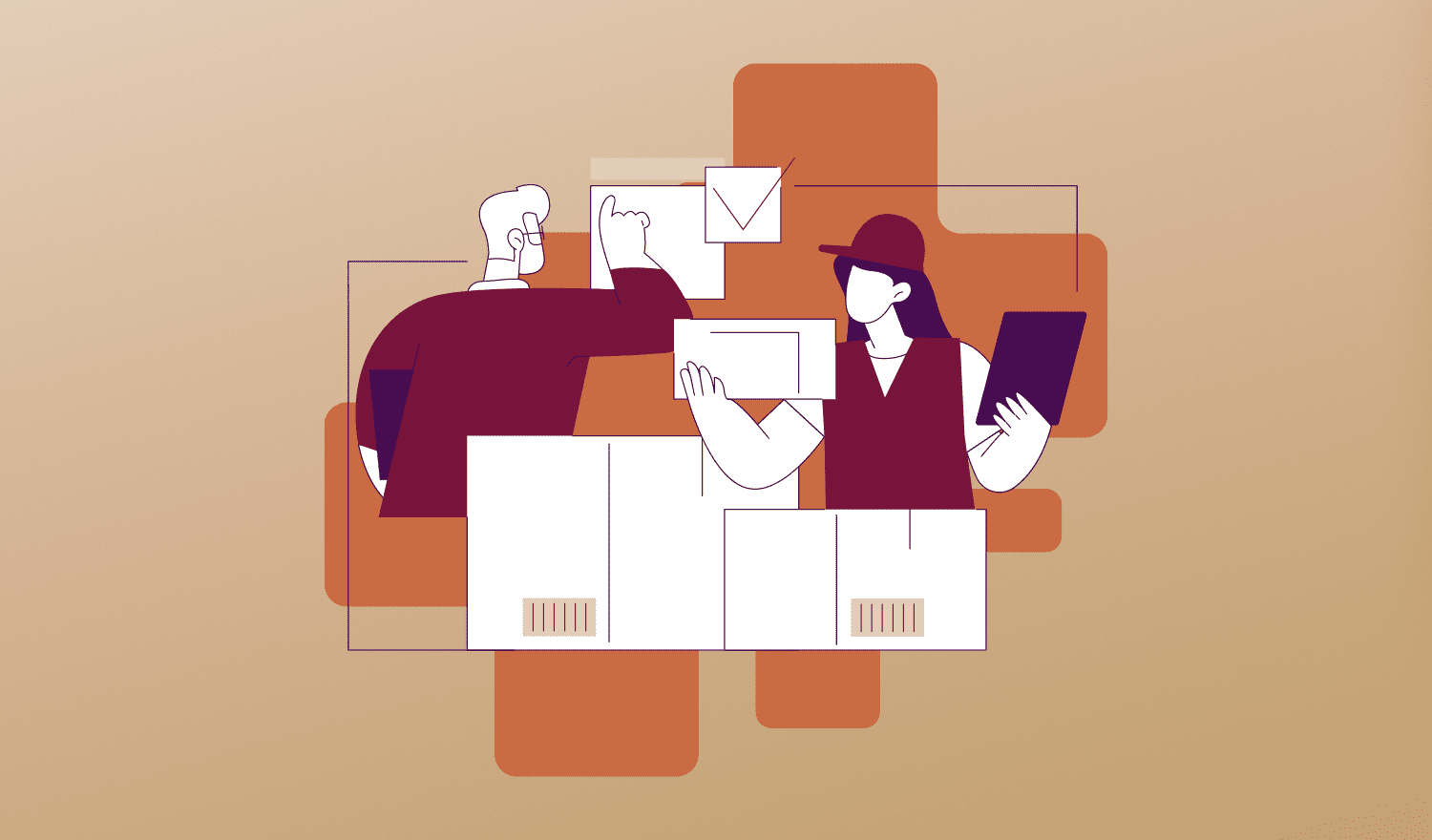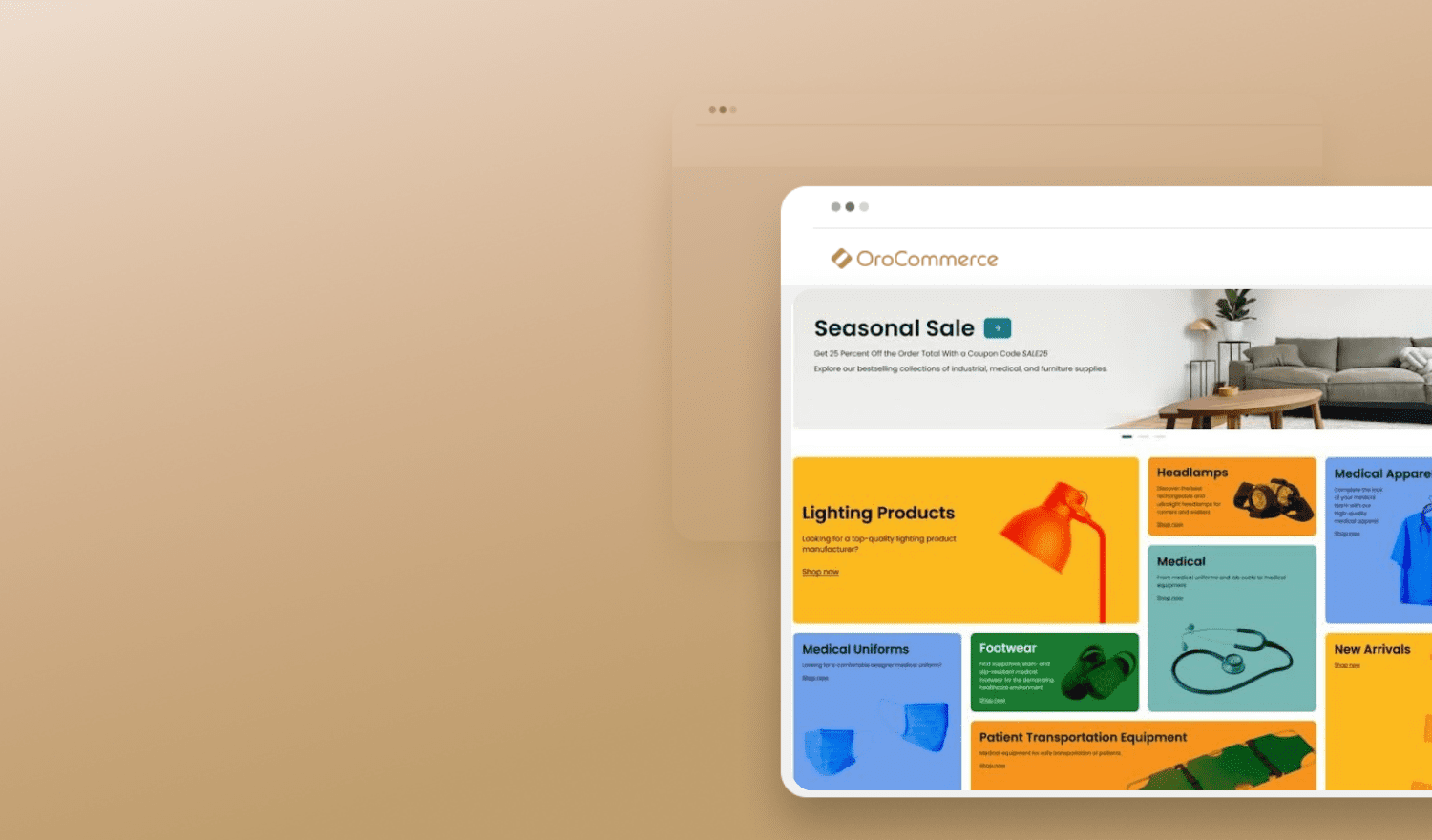Marketing, sales, and product strategies for B2C and B2B eCommerce have differed greatly over the years as these two models are typically viewed independently of each other. But the similarities between B2C and B2B eCommerce are growing. Marketers and salespeople are realizing that key areas, like buying experience, mobile apps, and emerging eCommerce B2B marketplaces share some common ground and can adopt best practices from both B2C and B2B strategies.
eCommerce Buying Experience
B2C customers shop on their own time – at home, on the weekends, on-the-go through mobile apps, or on their lunch breaks. Either they think of something they need on the fly and quickly go to purchase while it’s at the forefront of their mind, or they’re casually browsing through the internet and decide to purchase something on a whim. Unless they’re asking their spouse if they can purchase a big ticket item, typically there is only one decision-maker involved in B2C purchases. B2C eCommerce targets those who are shopping on impulse with an unspecified budget. They don’t need to ask their manager if they can add a last minute item to their cart and can quickly justify purchasing an unplanned item.
The B2B buying process relies on a different buying experience – they’re shopping because they have to and they’re getting paid to do it. They don’t want to spend hours browsing through a website or catalog to find what they need. If it’s a recurring purchase, they want to be able to quickly select the items they are looking for so they can move on to the next item on their to-do list. If it’s a new purchase, then they want to be able to quickly find the products that are most relevant to them. More often than not, they are on a budget to purchase for specific company needs. They either need to be pre-approved or request approval during the checkout process to be able to submit orders on behalf of their company, so this process involves multiple decision-makers and can take hours or days.
However, as the B2B shopping experience continues to evolve, the newest trend is creating an experience that is almost completely self-service, very much like in B2C. B2B buyers are accustomed to the B2C shopping experience and they want a shopping experience that’s similar to what they’re already used to. They want an experience that’s easy-to-use and makes their job easier. That’s why modern B2B eCommerce platforms make a specific impact on such features as requests for quotes, bulk ordering, and custom pricing, which are essential to giving B2B buyers the ultimate self-serving buying experience that will keep them re-purchasing for years to come.
Mobile Apps
B2C and B2B eCommerce apps vary in how they serve their target audience. Mobile apps for B2C shoppers are accessible to anyone with a smartphone and have similar features across all industries. A typical B2C app will offer the ability to shop, browse through catalogs, view promotions, and view a customer profile. Most apps offer their full catalog and customers are able to have the same buying experience as if they were purchasing through their desktop. Companies are also able to market their in-store promotions directly through the app and can even create special promotions for those shopping through the app to increase customer adoption.
B2B mobile apps are still a new trend in the B2B community. Since catalogs and pricing are unique and vary from customer to customer, creating an app that would deliver a personalized experience can be very complex and expensive to develop. B2B companies wanting to create a mobile app need to ask themselves – what exact pain point are they trying to solve? A flexible B2B platform will enable you to build and connect to an app that will serve as an extension of your business. Some companies have developed apps that help improve the reorder process by being able to scan barcodes through their smartphones for quick reordering. Consider how one of our clients, Animal Supply Co., benefited from a mobile eCommerce app for their B2B business.
B2C vs B2B Marketplaces
The convergence of B2C and B2B marketplaces may seem a bit far-fetched, but one B2C company went outside the box to create a marketplace for B2B vendors. Amazon launched Amazon Business in 2015 and hit its first $1 billion in 2016. Marketplaces were originally born in the B2C space to offer customers the most competitive pricing and the best products. Customers can shop online, browse through multiple vendors, and find the product and price that’s best for them. Marketplaces also allow vendors to promote their products at a price that they can control and offer catalogs that are keeping up with consumer demand.
Through this model, marketplaces for B2B slowly began to emerge. And yet B2B marketplaces look a little different than your typical Amazon store. B2B marketplaces can be service-based, meaning they look to fill a gap for industry-specific issues. For example, for products that need installation or professional assistance, a marketplace can offer a service provider that’s close to your business or they can provide installation guides, videos, and customer service bots to help with the purchasing process. Similar to B2C, marketplaces unveil options to B2B buyers they didn’t know they had access to. Buyers can have access to shop in bulk and request quotes from multiple vendors to pick the product that best meets their budget and arrive by dates.
To build a B2B marketplace that is as appealing and user-friendly as a typical B2C marketplace but also addresses complex B2B usage scenarios, you need to implement the best UX practices of both worlds. These top 10 features for a B2B marketplace will help you get started.
The Demand for Streamlined Buying Experience is a Game Changer for B2B eCommerce
B2C and B2B eCommerce don’t need to have separate strategies. B2B is catching up to provide similar buying experiences to B2C eCommerce. As more buyers move from brand-based loyalty to experience-based loyalty, B2B companies will need to provide a customer experience that will meet their buyers’ growing expectations. The key to success is having a platform that has the necessary eCommerce marketplace features in place and is flexible enough to grow with your business. Ready to take your B2B experience to the next level? Try our B2B eCommerce demo today.




